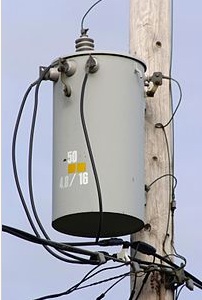Rivenin
Well-Known Member
- Joined
- Dec 13, 2010
- Messages
- 3,258
- Reaction score
- 342
Sorry if the subject was confusing...
But!
I'm rebuilding a control box and am curious, last time i kept the neutrals with whatever power source they came from... this was fine but made for a TON Of wiring.
I have 2x2000w elements, 2 ssr's 4 outlets, 5 switches, 5 120v LEDs...
basically this, but a slight bit modified

would i be able to take the neutral from either line? or would the neutral need follow the same HOT line that it came from?
But!
I'm rebuilding a control box and am curious, last time i kept the neutrals with whatever power source they came from... this was fine but made for a TON Of wiring.
I have 2x2000w elements, 2 ssr's 4 outlets, 5 switches, 5 120v LEDs...
basically this, but a slight bit modified

would i be able to take the neutral from either line? or would the neutral need follow the same HOT line that it came from?








